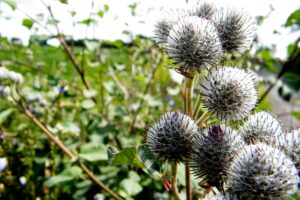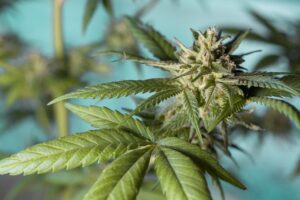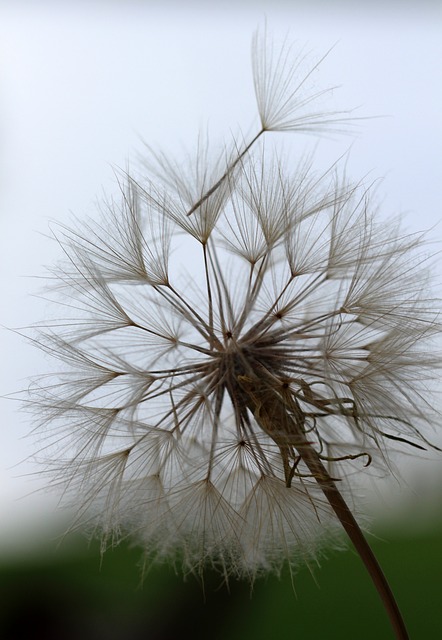
Delta-9 tetrahydrocannabinolic acid (THCA) flower, a non-psychoactive cannabis compound, has shown potential as a natural analgesic for various pain conditions including chronic, neuropathic, and inflammatory pain. Its interaction with the endocannabinoid system may help modulate pain and inflammation without inducing intoxication. Users report significant pain relief from THCA flower, which is gaining popularity as a complementary therapy alongside traditional treatments. The benefits of THCA flower for pain management are undergoing further research, highlighting its potential as an alternative to conventional analgesics with fewer side effects. It's important for individuals to consult healthcare professionals when considering THCA flower for pain relief to ensure it aligns with their health needs and to manage any potential side effects or medication interactions effectively. This summary encapsulates the current understanding of how THCA flower can be a valuable addition to holistic pain management strategies, emphasizing its non-psychoactive nature and therapeutic properties.
Exploring the therapeutic properties of plants has long been a part of natural medicine practices. Among these, the THCA flower, a precursor to the well-known THC, is garnering attention for its potential in pain relief. This article delves into the multifaceted aspects of THCA flower, from its chemical composition and therapeutic mechanisms to its psychoactive profile and side effects. We will navigate through the science behind THCA flower for pain relief, guide readers on safe dosage practices, and propose a holistic approach to incorporating it into pain management regimens. Join us as we uncover the full spectrum of benefits and considerations associated with this natural remedy.
- Unraveling THCA Flower: An Overview of Tetrahydrocannabinolic Acid
- THCA Flower for Pain Relief: Mechanisms and Potential Benefits
- Understanding the Psychoactive Profile of THCA vs. THC
- Navigating Dosage: Finding the Right Amount of THCA Flower for Individual Pain Management Needs
- Exploring the Side Effects and Safety Considerations of THCA Flower Consumption
- Integrating THCA Flower into a Holistic Pain Relief Strategy: A Comprehensive Approach
Unraveling THCA Flower: An Overview of Tetrahydrocannabinolic Acid
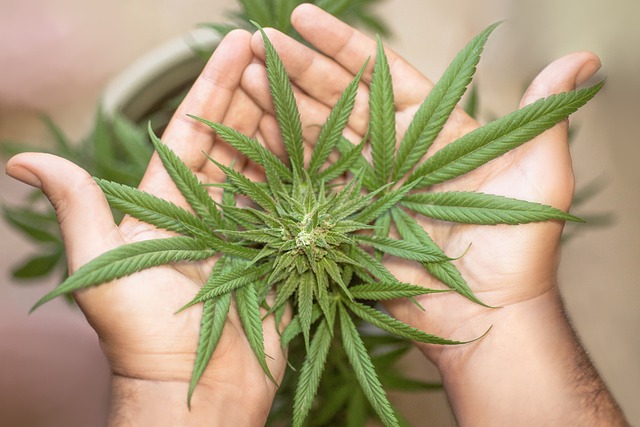
Delta-9 tetrahydrocannabinol (THC), the primary psychoactive component of cannabis, is well known for its therapeutic properties, particularly in pain relief. However, before THC becomes active, it exists in the cannabis plant as tetrahydrocannabinolic acid (THCA). THCA flower, which contains this non-psychoactive precursor to THC, has garnered attention for its potential health benefits, with a particular focus on pain relief. Unlike its psychoactive counterpart, THCA is not intoxicating, making it an attractive option for individuals seeking the therapeutic effects of cannabis without the “high.” Research indicates that THCA interacts with the body’s endocannabinoid system, influencing pain sensation and inflammation responses. Users report that THCA flower may offer relief from various types of pain, including chronic, neuropathic, and inflammatory pain, without the mind-altering effects associated with its conversion to THC through heat or decarboxylation. This has led to an increase in its use as a natural remedy for pain management, often in conjunction with other therapeutic practices or conventional treatments. As interest in cannabinoid therapies grows, the exploration of THCA’s potential benefits continues, offering promising avenues for those looking for alternative solutions for pain relief.
THCA Flower for Pain Relief: Mechanisms and Potential Benefits
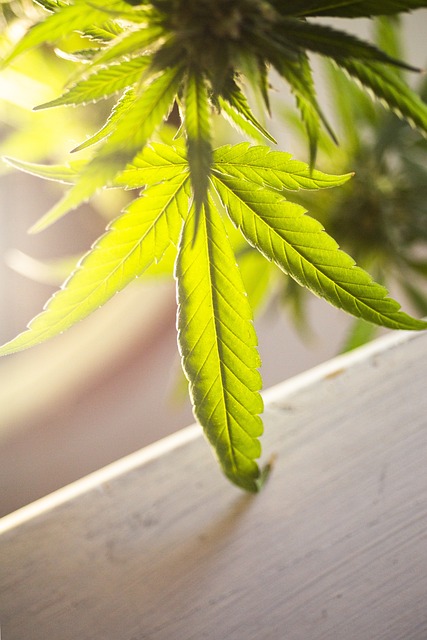
Delta-9-tetrahydrocannabinolic acid (THCA) is a non-psychoactive cannabinoid found in the Cannabis sativa plant and has garnered attention for its potential therapeutic properties, particularly in pain relief. THCA flower, which contains high levels of THCA as opposed to its psychoactive counterpart THC, interacts with the body’s endocannabinoid system through its receptors, CB1 and CB2. This interaction may help modulate pain signals, offering relief for a variety of pain conditions. The anti-inflammatory and analgesic effects of THCA are believed to stem from its ability to inhibit the activity of certain enzymes and inflammatory molecules within the body. This mechanism makes THCA flower an appealing natural remedy for those seeking alternatives to traditional pharmaceutical painkillers, which often come with a range of side effects. Users report that THCA flower can alleviate chronic pain, neuropathic pain, and even menstrual cramps without the high associated with THC. As research continues to evolve in this field, the potential benefits of THCA flower for pain relief are becoming increasingly clear, offering a promising option for individuals looking for effective pain management solutions.
Understanding the Psychoactive Profile of THCA vs. THC
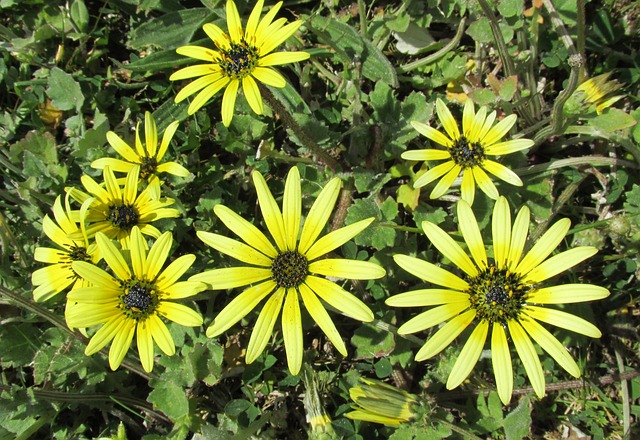
Cannabinoids are a class of compounds found in cannabis that exhibit various therapeutic properties, among which Tetrahydrocannabinolic Acid (THCA) and Tetrahydrocannabinol (THC) are particularly notable. THCA is the non-psychoactive precursor to THC, and understanding their differences is crucial for those exploring cannabis as a therapeutic option, especially for pain relief. While both compounds interact with the body’s endocannabinoid system, their effects diverge significantly.
THCA is found in raw cannabis plants or in products that have not been exposed to heat or light, which convert THCA into THC. As a non-psychoactive molecule, THCA has shown potential for pain relief without the psychoactive ‘high’ associated with THC. Preclinical research suggests that THCA may be effective as an anti-inflammatory and analgesic agent, making it a subject of interest for those seeking natural alternatives for managing chronic pain. The psychoactive profile of THC, on the other hand, includes its well-known mind-altering effects, which can provide pain relief alongside euphoria or sedation, depending on the strain and dosage. Users often prefer THC for its immediate and potent analgesic effects, but the ‘high’ it induces may not be desirable for all individuals, particularly during daily activities or in environments where sobriety is necessary. Therefore, understanding the nuances between THCA flower for pain relief and THC is essential for consumers aiming to harness cannabis’s therapeutic potential while minimizing unwanted side effects.
Navigating Dosage: Finding the Right Amount of THCA Flower for Individual Pain Management Needs

When incorporating THCA flower into a pain management regimen, it’s crucial to navigate dosage with precision and care. THCA flower, known for its potential therapeutic properties, can offer relief from various types of pain without the psychoactive effects associated with its counterpart THC. As individuals vary in their body chemistry and pain sensitivities, there is no one-size-fits-all dosage for THCA flower for pain relief. Starting with a low dose and gradually titrating upwards is a prudent approach. This method allows users to gauge the effects and identify an effective dosage that provides pain alleviation without causing adverse reactions. Factors such as body weight, the severity of pain, and individual tolerance levels should be considered when determining the right amount. Consistency in dosing can also help in maintaining a stable level of relief, and it’s often recommended to consult with a healthcare professional before integrating THCA flower into one’s wellness routine. By adhering to a measured approach, individuals can harness the benefits of THCA flower for pain relief more effectively and safely. Monitoring one’s response to THCA flower is key, as it enables adjustments to the dosage until the most beneficial level for personal pain management needs is achieved.
Exploring the Side Effects and Safety Considerations of THCA Flower Consumption
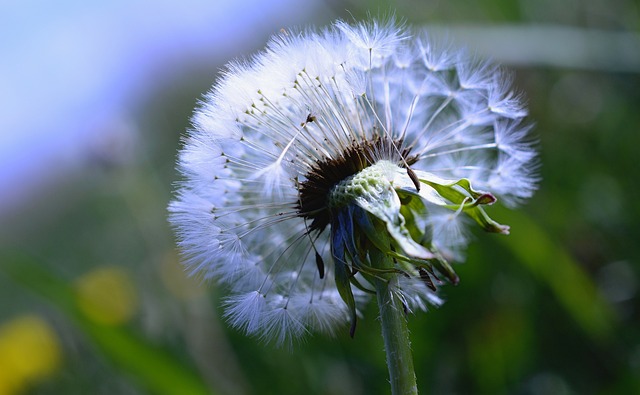
Thirty-seven mg of THCA, the non-psychoactive precursor to THC found in cannabis plants, has been studied for its potential analgesic effects without the psychoactive high associated with its molecular relative. As such, THCA flower is increasingly being recognized as a viable option for pain relief among those seeking alternative treatments. While clinical trials remain limited, anecdotal evidence and preliminary studies suggest that consumers may experience relief from various types of pain, including chronic and neuropathic conditions. However, it is imperative to approach the consumption of THCA flower with caution. Like all cannabinoids, THCA can induce side effects, albeit typically milder than those associated with THC. Common side effects may include dizziness, lethargy, and dry mouth, and in some cases, gastrointestinal discomfort. It is also recommended that individuals with pre-existing medical conditions, such as heart or kidney issues, consult a healthcare provider before incorporating THCA flower into their pain management regimen. Safety considerations are paramount, especially given the lack of uniform regulation across jurisdictions regarding cannabis products. Consumers should prioritize purchasing from reputable sources to avoid potential contaminants that could exacerbate side effects or adverse reactions. Additionally, dosage and frequency of use should be carefully considered and monitored, as individual tolerance levels can vary significantly.
Integrating THCA Flower into a Holistic Pain Relief Strategy: A Comprehensive Approach

Incorporating THCA flower into a holistic pain relief strategy can be an effective approach for those seeking natural alternatives to manage discomfort. THCA, or tetrahydrocannabinolic acid, is a non-psychoactive cannabinoid found in the raw cannabis plant, which has been gaining attention for its potential therapeutic properties. When integrated into a comprehensive wellness plan, THCA flower may offer significant pain relief due to its interaction with the body’s endocannabinoid system. This system plays a crucial role in regulating pain, inflammation, and various other physiological processes. Users often report that THCA flower helps alleviate chronic pain, neuropathic discomfort, and even inflammatory conditions without the psychoactive effects associated with its counterpart, THC. It’s important to note that while anecdotal evidence supports its use for pain relief, individual experiences may vary, and scientific research continues to explore the efficacy of THCA in this context.
A comprehensive approach to using THCA flower for pain relief involves a multifaceted regimen that includes proper dosing, consistent use, and pairing it with other complementary therapies such as physical exercise, stress management techniques, and nutritional adjustments. This holistic strategy ensures a balanced and well-rounded treatment plan, aiming to address the root causes of pain rather than merely masking symptoms. Additionally, users should consider consulting healthcare professionals to ensure that THCA flower is appropriate for their specific health conditions and to tailor the therapy to their unique needs, thereby maximizing its benefits while minimizing potential side effects or interactions with other medications.
THCA flower, a non-psychoactive precursor to THC found in cannabis, has garnered attention for its potential therapeutic benefits, particularly for pain relief. This article has dissected the multifaceted nature of THCA flower, elucidating its mechanisms and exploring its psychoactive profile relative to THC. While it holds promise as a natural analgesic, careful consideration of dosage is paramount for effective pain management. Moreover, users must be aware of possible side effects and adhere to safety protocols to mitigate potential risks. Incorporating THCA flower into a holistic pain relief strategy can be a compelling approach, provided one remains informed and cautious. As research continues to evolve, the role of THCA flower in pain management may become more pronounced, offering a promising alternative for those seeking natural remedies.
